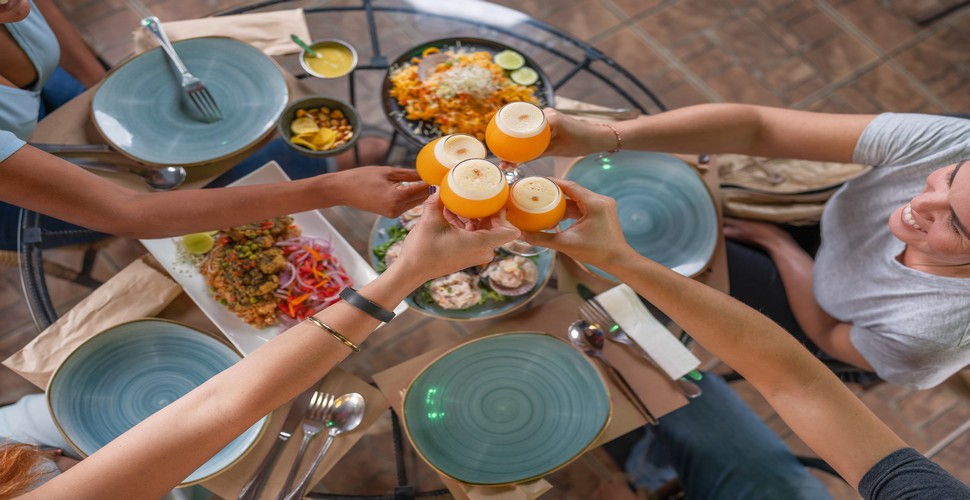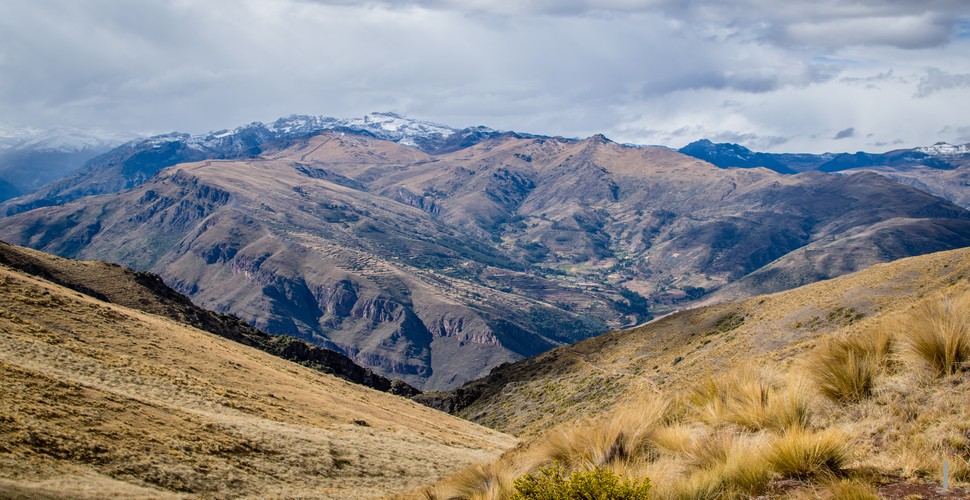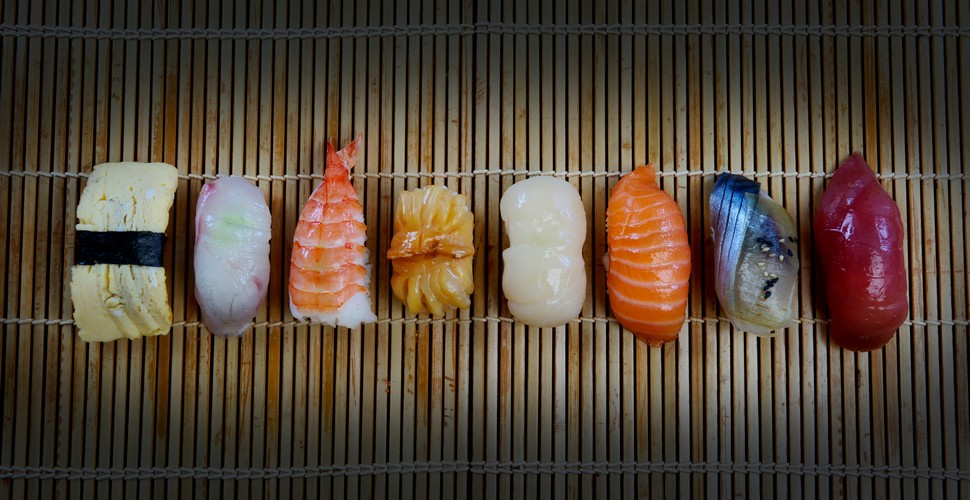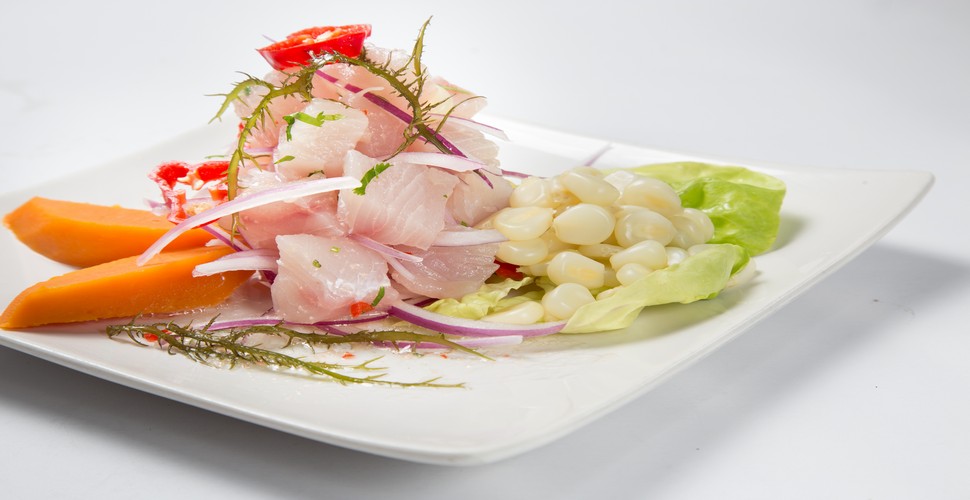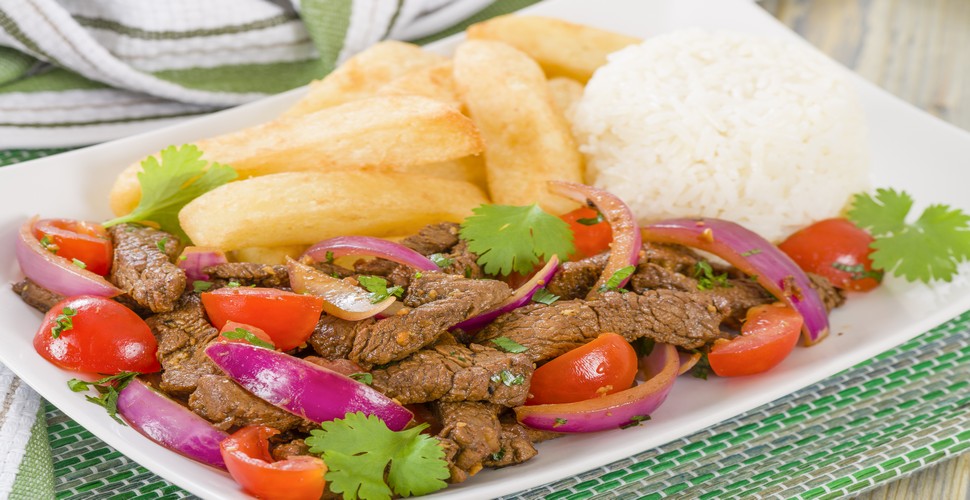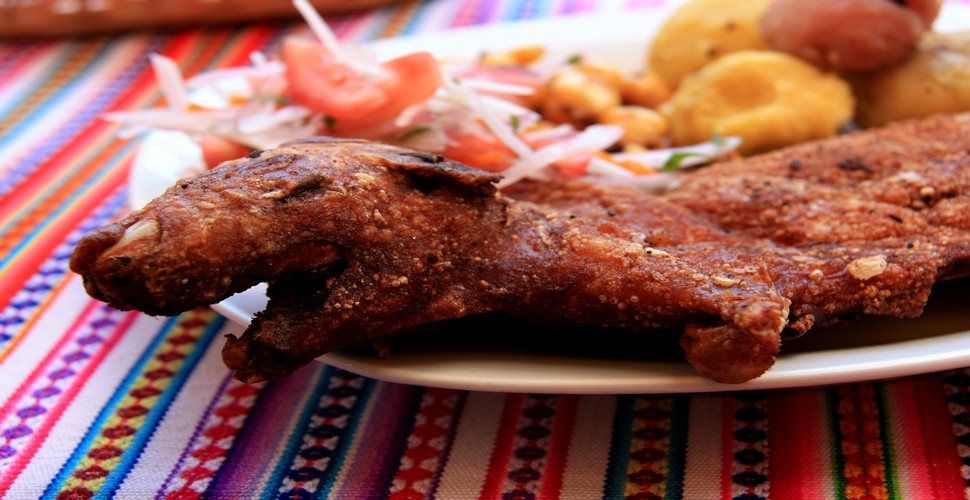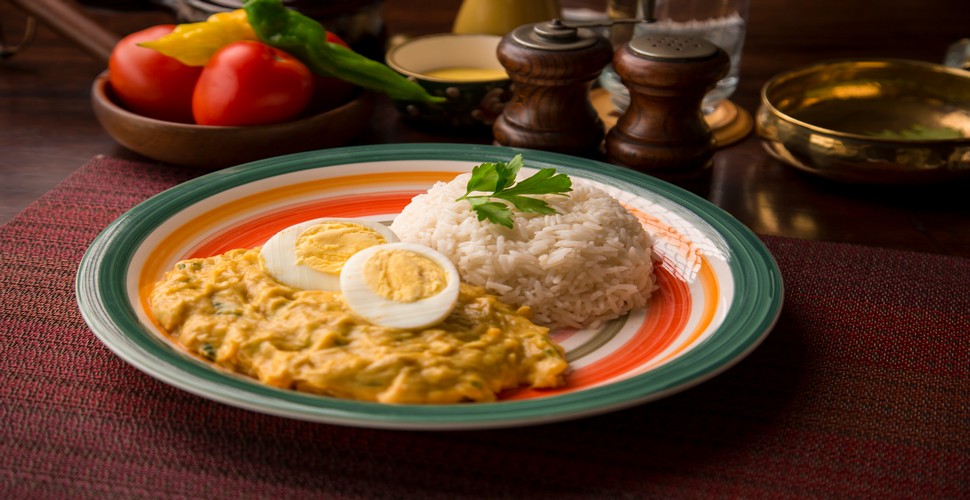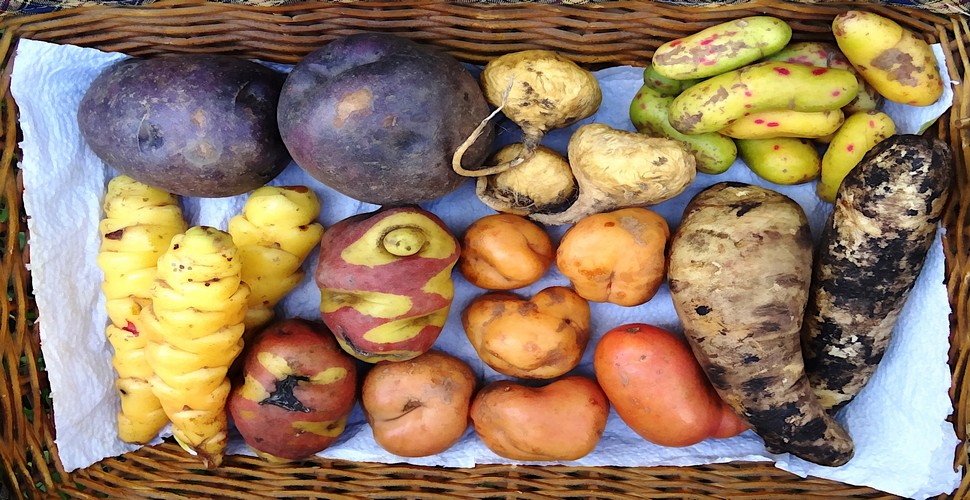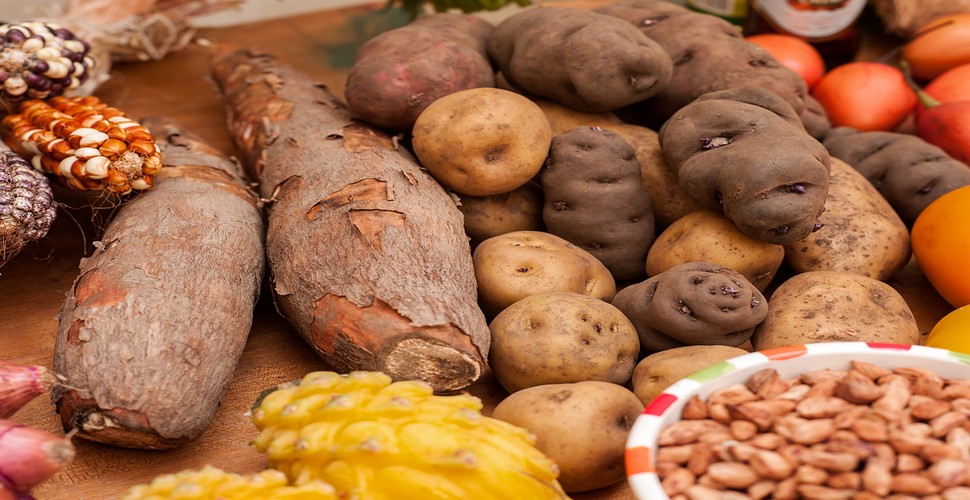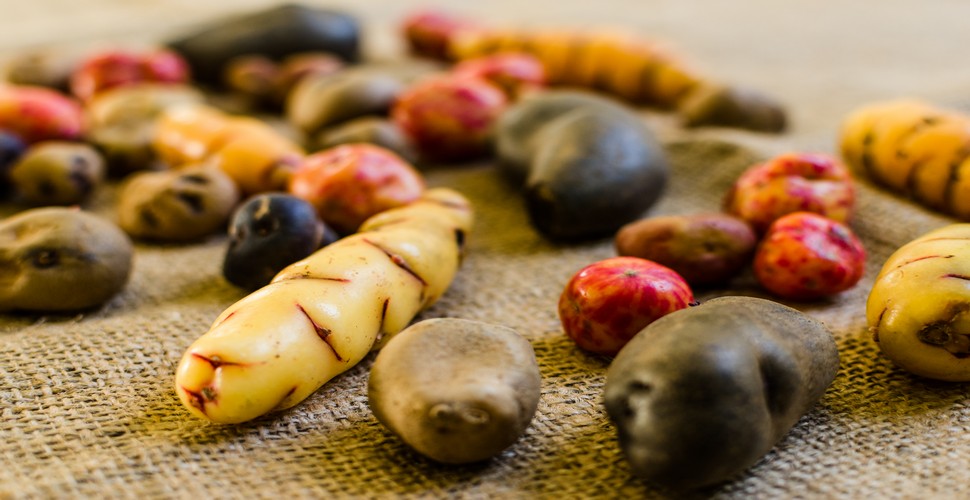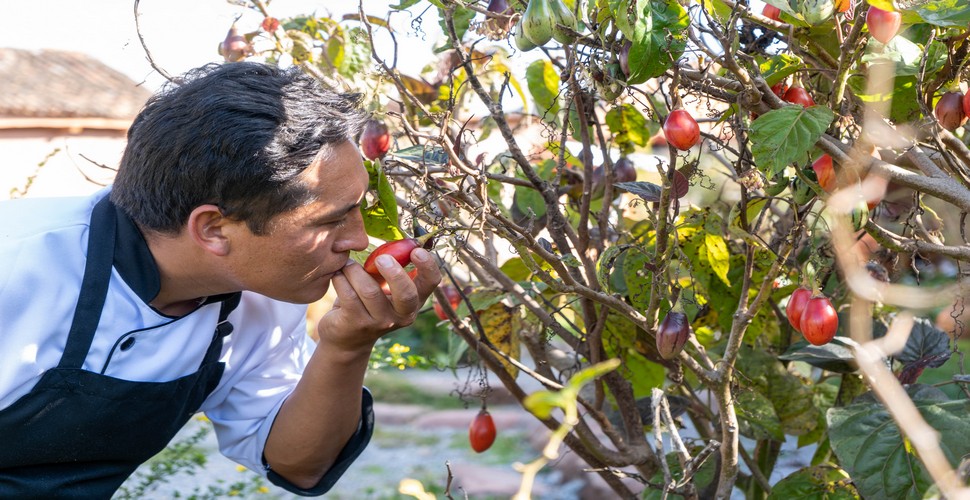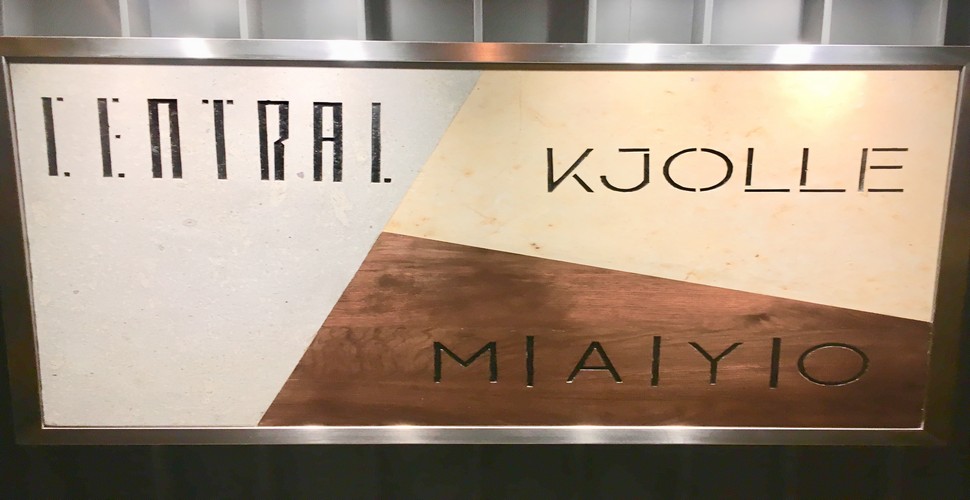
Peru Shines in World’s 50 Best 2024!
Written by:Valencia Travel
Last Update: 2025-09-30
Every year, the World's 50 Best Restaurants are published. In early June 2024, the World's 50 Best Restaurants 2024 were announced. This event took part in Las Vegas at a spectacular live awards ceremony. The spectacle brought together the best chefs, restaurant owners, and hospitality icons from around the globe for this impressive event. In previous years, a number of Peruvian restaurants have featured in the top 50 and even in the top 10 restaurants in the world, putting Peruvian gastronomy well and truly on the map. Maido, Kjolle, and Mayta are all considered amongst the best restaurants in the world in 2024 and can be found in Lima, Peru. If you are looking for a culinary tour in Peru, then checking out the best Peruvian restaurants in the list of the Best restaurants in the world is an excellent place to begin!
Celebrating Peruvian Cuisine!
Peruvian Cuisine
The Influence of Geography
With a coastal region, The Andes mountains, and the Amazon jungle region, Peru has three specific geographical regions that offer their own traditional dishes. These are cooked with local ingredients from those regions which offer different local specialties. If you’re traveling in Peru, you will witness how the biodiversity of each of the country’s 24 regions is represented in the different gastronomy of each part of Peru.
The Peruvian Andes
Immigration
The different flavors in Peruvian cuisine reflects the different cultures that have arrived in Peru over the last 500 years. This began with indigenous cuisine that gave us dishes and cooking methods such as Pachamanca, Huatia, and Cuy Chactado. Spanish colonization began in the 16th Century, when Moorish-influenced dishes were introduced to the country. This uses onions, spices, and honey which are now fundamental to every meal. Chinese immigrants arrived in the 19th century, their cuisine fused with Peruvian traditional dishes and created the super-popular Chifa. Other big gastronomical influences are Italian, African, and Japanese cuisines. These fusión foods are still at the Forefront of Peruvian gastronomy today.
Japanese Nikkei Cuisine
Peruvian Signature Dishes
Ceviche
This is of course Peru´s most popular dish. The coastal region of Peru is blessed with some of the best fish and seafood in the world, which is where ceviche was born. Even in the Amazon Jungle and in The Andean regions, they have their own different types of ceviche, using the locally caught fish from the rivers. Ceviche is the freshest mix of raw fish and /or seafood with the acidity of Peruvian limes, and salty and spicy ingredients such as aji to delight any food buff. Vital components of ceviche include limes, red onions, coriander and chili as staples with different additional ingredients depending on the region.
Classic Ceviche
Lomo Saltado
Lomo Saltado is a celebration of the multi-cultural cooking techniques that make up Peruvian cuisine. This dish includes influences from Asia, South America, and the Western world, making it a fusion of different cultures. The dish is hugely popular across Peru and is a favorite in all sectors of society. Lomo Saltado is a stir fry dish, made with marinated beef, onions, tomatoes, soy sauce, chili’s, vinegar, spices, coriander, and french fries; usually served with rice on the side. On culinary tours in Peru, you can learn how to make this dish for yourself!
Lomo Saltado
Cuy
One of the more unique delicacies in Peruvian food is Cuy, a baked or fried guinea pig served with potatoes. Cuy is generally eaten on special occasions in The Andean region, such as weddings, birthdays, or village celebrations. Peru loves cuy so much that they even have a national holiday to celebrate the guinea pig! It happens every year on the second Friday of October if you are in Peru around those dates! Guinea Pigs are native to Peru and using them as a food source originated in the Andes region of Peru around 5,000 years ago! The 2 main ways to eat cuy are Cuy al horno, typically prepared in the Cusco region – baked guinea pig, cooked over a spit served whole and stuffed with herbs; and Cuy Chactado – fried guinea pig, often flattened under stones before frying and typical in The Arequipa region.
Guinea Pig!
Aji De Gallina
Aji de Gallina
Potatoes
According to scientific evidence, potatoes were domesticated in the High Andes of south-eastern Peru and Bolivia around 8,000 years ago. The oldest archaeological findings were made around Lake Titicaca in the valley of Chulca. The potato was an important staple food and the main energy source of the early Peruvian civilizations. The Spanish sailors who returned from Peru and other countries in the New World brought back potatoes to Spain around 1570. The Inca empire, which was once the largest empire in the world, was fueled by a constant source of high-quality energy in the form of potatoes.
Peruvian Potatoes and Tubers
The Spanish sailors who returned from Peru and other countries in the New World brought back potatoes to Spain around 1570. From there the Potato traveled to places like England, and of course, Ireland, which has a history tied to this humble tuber. The dependence on one single type of potato for most of the calorific needs of the Irish in the 1800s proved disastrous as blight attacked the potato variety. Famine ensued and one million people died.
The Humble Spud
The Inca empire, which was once the largest empire in the world, was fueled by a constant source of high-quality energy in the form of potatoes. A quarter kilo (8 oz) potato contains around 100 calories. Today, the potato is still an important food staple and field crop in Peru. Some estimates put the number of species or types of the humble potato at almost 4000. On your Peru adventures, take the opportunity to sample the Pink, Sweet, Purple, Huayro, Black, and Chuño varieties, many of which are not sold outside of Peru. On a visit to The Potato Park in The Sacred Valley of The Incas, you can learn all about the history of the potato on a day trip from Cusco.
Tuber-tastic!
A Peruvian Chef in Every Household!
Peru and Food are synonymous! You will notice that daily life comes to a halt at lunch-time. Peruvians feel more identified with their food than with their national symbols. Typical Peruvian foods are an integral part of the culture, daily routine, life, and traditional celebrations. Recipes are generally family folklore and customs mixed with ancestral cooking methods from years gone by. Sampling traditional Peruvian dishes during your Peru vacation packages is getting inside the culture of the region. It is familiarizing yourself with its ancestors and history and understanding the reasons for each of the preparations of traditional fare. The great "foodie" movement that Peru has created internationally and promoting itself as a gastronomic tourism destination has made the country grow economically. More restaurants and eateries are found all over Peru to showcase the culinary prowess of the country. Lima is the new culinary epicenter of the world so make sure that on your Peru tour packages, you take part in Lima food tours for more insight into the culinary importance of Peru´s capital.
Peruvian Chef
Peru's remarkable presence in the World’s 50 Best Restaurants list, with three top-ranking restaurants, underscores the country´s spectacular culinary scene. Maido, Kjolle, and Mayta are not just restaurants; they are culinary experiences that showcase the best of Peruvian cuisine, blending traditional ingredients with innovative generational techniques and international influences. Make sure you make a reservation at one of Peru´s prestigious restaurants on your Peru tour packages. Either on Lima tours which features some of the best restaurants in the world or in Cusco for authentic Andean gastronomy at its delicious best. Cusco culinary experiences from the Pacha Manca to Alpaca steaks, offer the best in highland cuisine in Peru. Enjoy an unparalleled dining experience that is both a feast for the palate and a journey through Peru's rich cultural and culinary history. It is an essential part of your gastronomic journey to book culinary tours in Peru. This allows you to immerse yourself in the cuisine of the country, providing unique insight into the fabric of Peru.
Kjolle -Top 10!
 Aventure
Aventure
 Cultural
Cultural
 Gastronomy
Gastronomy
 Wellness
Wellness
 Local Living
Local Living
 Luxury
Luxury
